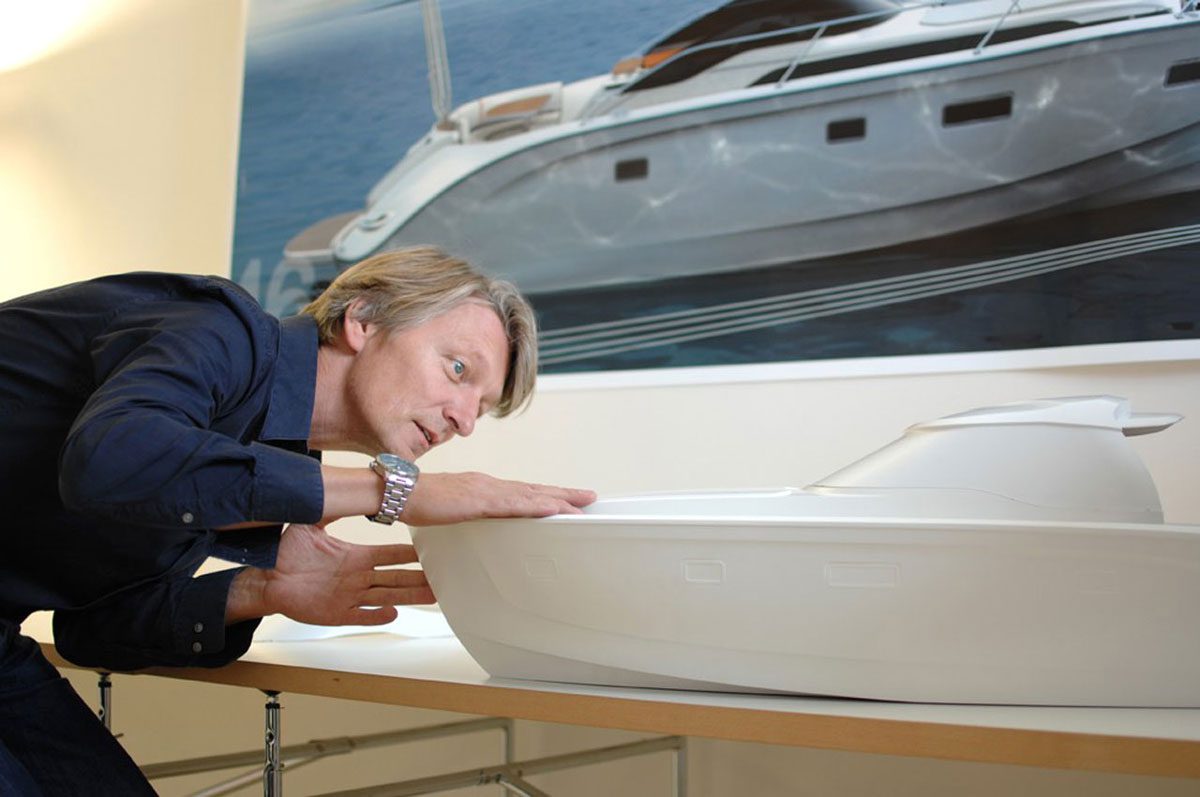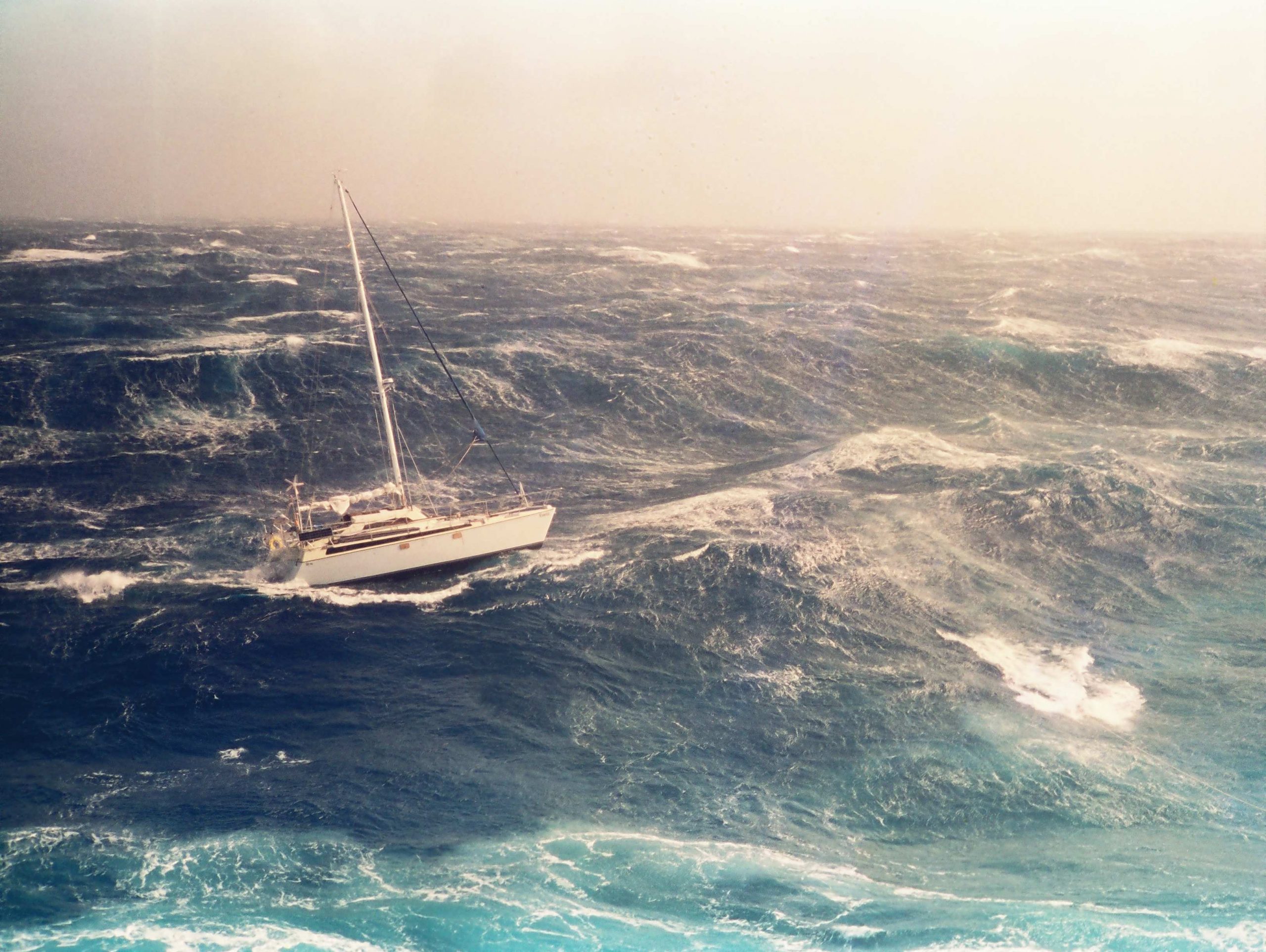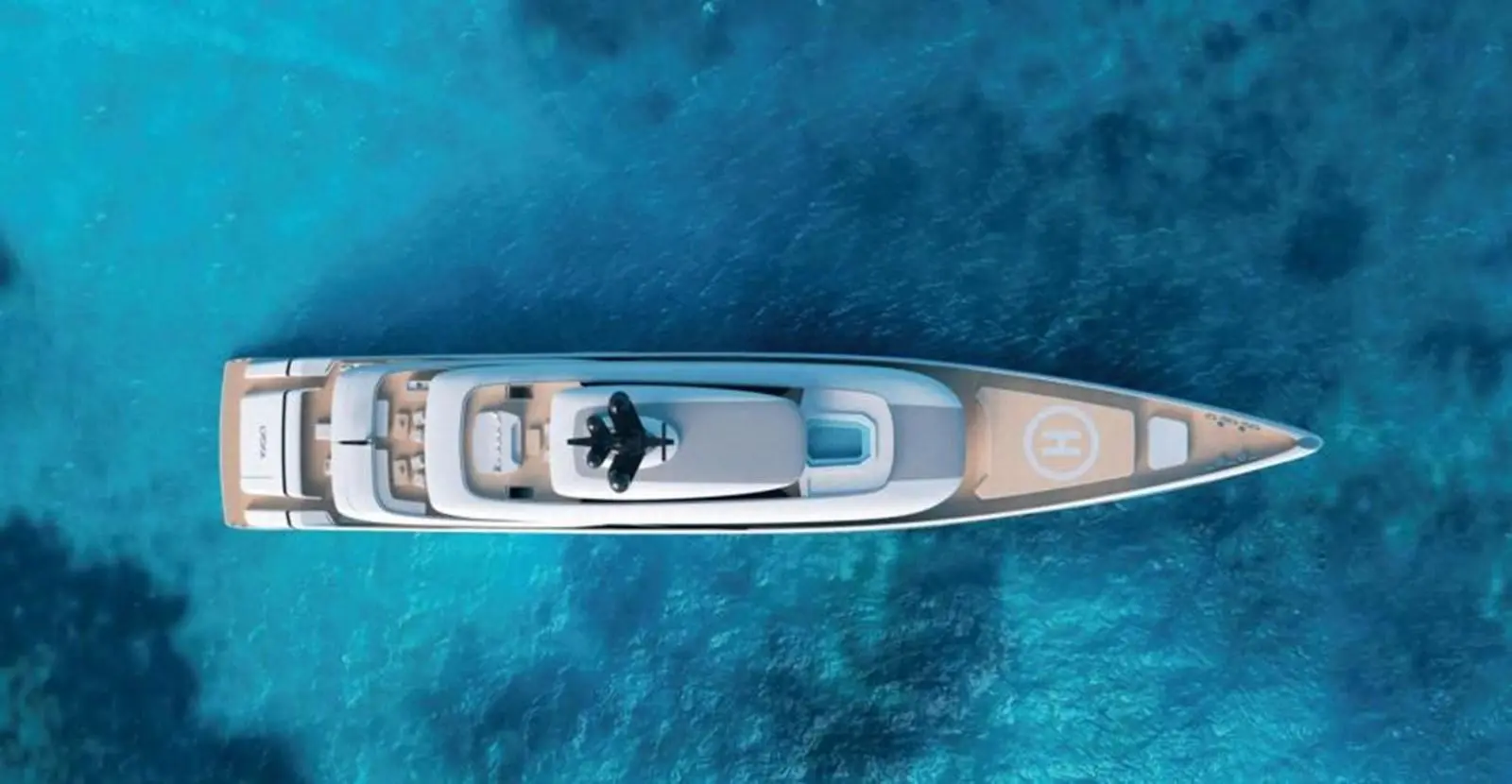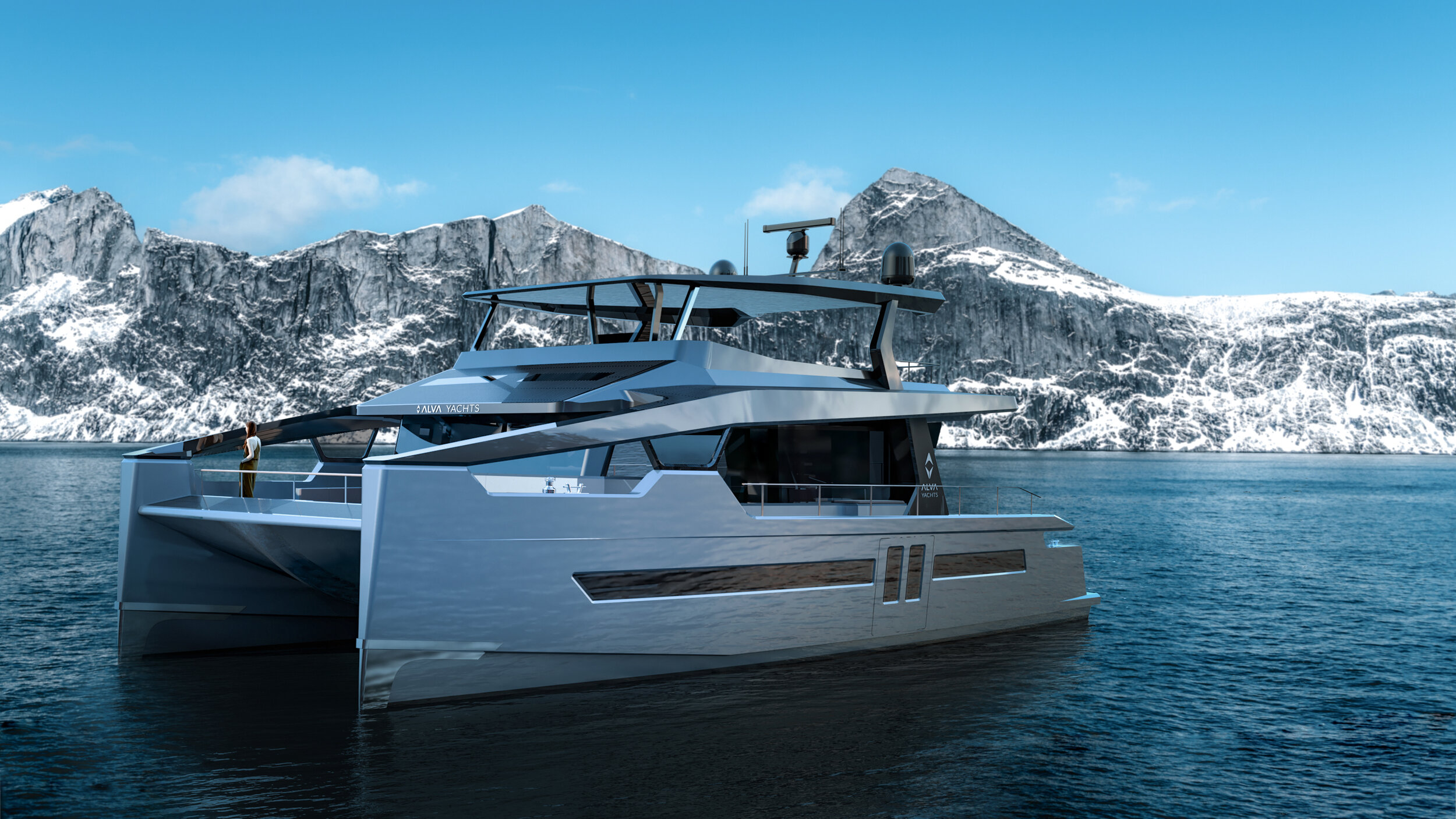
When it comes to ocean-going trawlers, durability isn’t just a feature; it’s a necessity. The vast and unpredictable nature of the sea demands vessels that can withstand harsh conditions over long periods. Endurance design for ocean trawlers focuses on creating yachts that are not only comfortable and efficient but can also endure the rigors of prolonged ocean voyages.
This emphasis on durability ensures that these vessels can provide safe and reliable travel across the globe, making them ideal for adventurers and seafarers who seek to explore the farthest reaches of our oceans.
Table of Contents
Principles of Endurance Design for Ocean Trawlers

Source: rutgerson.se
Key Elements
The key to building durable trawlers for longevity lies in a few fundamental principles. First and foremost is the choice of materials, which must offer both strength and resistance to the corrosive marine environment. Structural design also plays a crucial role, with frameworks designed to withstand the pressures and forces of the open sea.
Additionally, the integration of advanced navigation and control systems ensures that these vessels can safely navigate through challenging conditions, highlighting the critical elements of durable yacht construction.
Advanced Materials for Enhanced Durability
The use of these materials is central to advanced durability in yacht engineering. Composite materials, such as carbon fiber and fiberglass, offer significant advantages over traditional materials like wood and steel.
These composites are not only lighter and stronger but also more resistant to corrosion and fatigue. Their adaptability to various yacht designs allows for more innovative constructions that meet the rigorous demands of long-distance travel.
Designing for Resistance to Harsh Marine Conditions
This requires a deep understanding of the challenges posed by the marine environment, considering factors like wave impact, saltwater corrosion, and UV exposure. Marine vessel durability depends on a yacht’s ability to withstand these elements through both its material choices and its structural design. Protective coatings, strategic drainage systems, and reinforced areas prone to wear and tear are all crucial aspects of a yacht’s design that contribute to its overall resilience.
Incorporating Redundancy for Safety and Reliability
This approach ensures that there are backup systems in place for navigation and safety equipment, providing an additional layer of security for those aboard. Redundancy is especially important for long-range expeditions, where access to immediate assistance is limited. By designing yachts with multiple safety nets, builders can significantly enhance the vessel’s reliability and the safety of its passengers and crew.
Long-Range Trawler Design Considerations

Source: denisonyachtsales.com
Balancing Comfort and Durability in Design
The challenge lies in creating a vessel that can withstand the rigors of prolonged sea voyages while providing a living space that feels like home. This requires thoughtful integration of high-end yacht construction methods with luxurious amenities and living quarters.
Designers must ensure that every aspect of the yacht contributes to a seamless blend of functionality and comfort. This balance ensures that these vessels are not just survivable but also enjoyable spaces for adventurers seeking to explore the oceans.
Ergonomic Considerations for Extended Voyages
The design of the living and operational spaces must take into account the ease of movement, accessibility, and the minimization of physical strain for both crew and passengers. This includes the layout of furniture, the height of countertops, and the design of control stations. Ergonomics also extends to the placement of windows and outdoor spaces, optimizing views and natural light while protecting from the elements.
Fuel Efficiency and Its Relation to Durability
The emphasis on fuel efficiency in yacht design underscores a growing awareness of both the economic and environmental implications of maritime leisure activities. By focusing on innovative strategies to reduce fuel consumption, the industry is paving the way for a new era of sustainable luxury yachting. Below are the approaches employed:
- Advanced Propulsion Systems: The integration of cutting-edge engines and propulsion technologies marks a significant step towards enhancing fuel economy. These systems are designed to maximize energy output while minimizing waste, thereby extending the yacht’s range. This means that yachts can undertake longer voyages without the need for frequent stops to refuel, making them ideal for adventurers seeking to explore distant horizons.
- Optimized Hull Designs: The shape of a yacht’s hull plays a critical role in its fuel efficiency. Hulls that are specifically designed to cut through water with minimal resistance use less fuel, allowing for smoother and longer journeys. This optimization not only contributes to reduced operational costs but also enhances the overall performance of the yacht, ensuring a seamless experience for those onboard.
- Lightweight Materials: The adoption of materials that reduce the yacht’s overall weight significantly impacts its efficiency. Lighter and sturdy trawler yachts require less power to move, leading to lower fuel consumption and improved performance. This approach not only benefits the environment by reducing emissions but also contributes to the vessel’s agility and speed, offering a superior yachting experience.
The commitment to fuel efficiency in yacht design is a reflection of the industry’s dedication to creating vessels that are not just luxurious and high-performing but also sustainable and cost-effective. By prioritizing eco-friendly design principles, yacht manufacturers are contributing to a more sustainable durable trawler design for the planet while meeting the demands of modern consumers for greener alternatives.
The Future of Ocean-Going Trawler Construction

Source: alva-yachts.com
Emerging Trends in Trawler Yacht Durability
The future of trawler yacht durability is being shaped by emerging trends that prioritize both innovation and sustainability. Digital twin technologies allow designers to simulate and optimize the durability of trawler designs before they are built, identifying potential weaknesses and enhancing structural integrity. These trends not only promise to extend the lifespan of trawlers but also to revolutionize the way they are designed and constructed.
Anticipating the Needs of Future Ocean Explorations
The future of ocean exploration demands trawlers that are not only built to withstand the rigors of the sea but are also equipped with the latest advancements in technology and design to meet the needs of modern explorers and researchers.
Such vessels need to be versatile, and capable of navigating through the most challenging conditions while providing safety and comfort to their occupants. Here are the key considerations for constructing future-ready trawlers:
- Remote Navigation: Trawlers of the future must be designed to safely navigate through a variety of extreme environments, from the freezing conditions of polar ice fields to the complex navigational challenges of dense tropical archipelagos.
- Autonomous Technologies: The integration of advanced autonomous navigation systems is crucial for maintaining course and ensuring safety in the unexplored or poorly charted waters of the world’s oceans. These technologies, including AI-driven navigation and obstacle detection systems, will allow trawlers to autonomously adjust their course to avoid hazards, significantly reducing the risk of maritime accidents and enhancing the overall safety of oceanic exploration.
- Enhanced Communication: In the isolated expanses of the ocean, maintaining a reliable communication link with the outside world is essential. State-of-the-art communication technologies, such as satellite communications and high-frequency radio systems, ensure that trawlers remain connected, regardless of their location.
By prioritizing these advancements in the construction of trawlers, builders can create vessels that are not just durable and reliable, but also at the forefront of technological innovation. This commitment to innovation and safety will ensure that the future of maritime exploration is as exciting as it is secure, opening up new possibilities for scientific discovery and adventure.
Vision for Next-Generation Durable Trawler Designs
Future trawlers will likely feature modular designs that can be easily adapted or upgraded, extending their operational life and reducing waste. The integration of living roofs, vertical gardens, and other biophilic designs will enhance the onboard environment, making long voyages more enjoyable and reducing the psychological impact of extended sea travel. These innovative designs will redefine what is possible in trawler construction, setting new benchmarks for durability, sustainability, and luxury in the marine industry.
As we navigate toward the future, the focus on sustainable and durable trawler designs remains paramount. The industry is poised to embrace emerging trends and technological innovations that promise to further enhance the durability, efficiency, and sustainability of ocean-going trawlers.
The vision for future trawler construction is not just about creating high-endurance yachts that can withstand the test of time and the elements, but also about building vessels that contribute positively to the marine environment and society.
By continuing to innovate and adopt best practices in yacht construction, the industry is setting a course for a future where luxury yachting and environmental stewardship go hand in hand, ensuring a legacy of resilience, exploration, and respect for the oceans that sustain us all.







